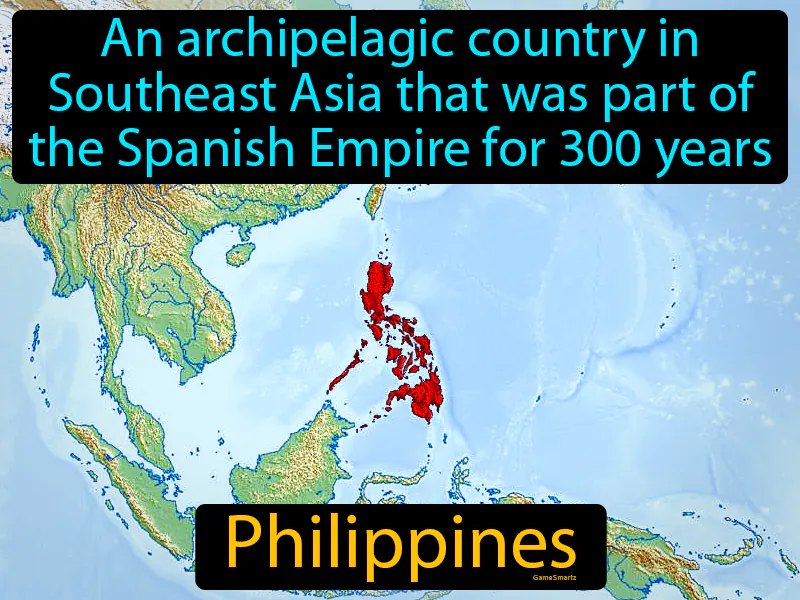Philippines
Philippines: Easy to understand
The Philippines played a crucial role during the Global Age as a key trading hub in Southeast Asia, linking Europe, Africa, and Asia from 1415 to 1795. As part of the Spanish Empire for 300 years, it facilitated the exchange of goods, culture, and ideas, allowing European powers to access Asian markets and resources. The establishment of the Manila Galleons, which transported silver and goods between the Philippines and Mexico, exemplified the interconnectedness of the world during this era. Today, the Philippines' history still matters as it influences its diverse culture, language, and traditions, seen in the mix of Spanish, American, and indigenous influences. For example, many Filipino festivals blend Catholic traditions from Spanish colonization with indigenous Filipino customs, showcasing the country's rich cultural tapestry and its impact on Filipino identity and society.

Practice Version

Philippines: An archipelagic country in Southeast Asia that was part of the Spanish Empire for 300 years. The Philippines is a Southeast Asian nation that was colonized by Spain for over three centuries.